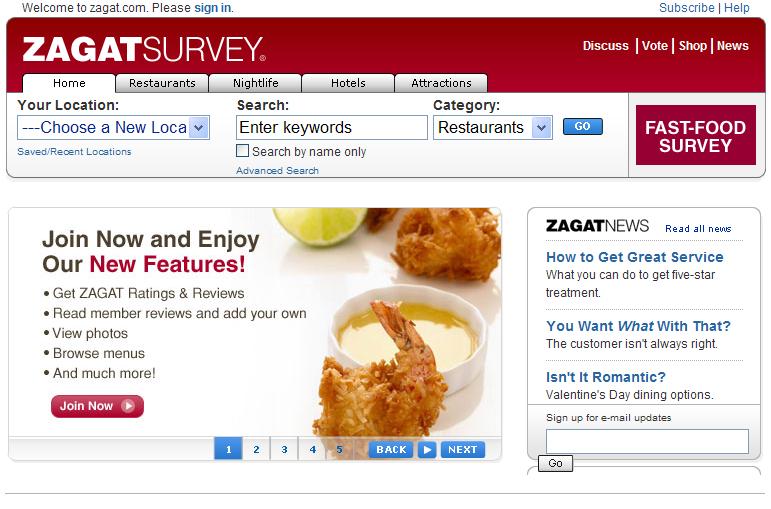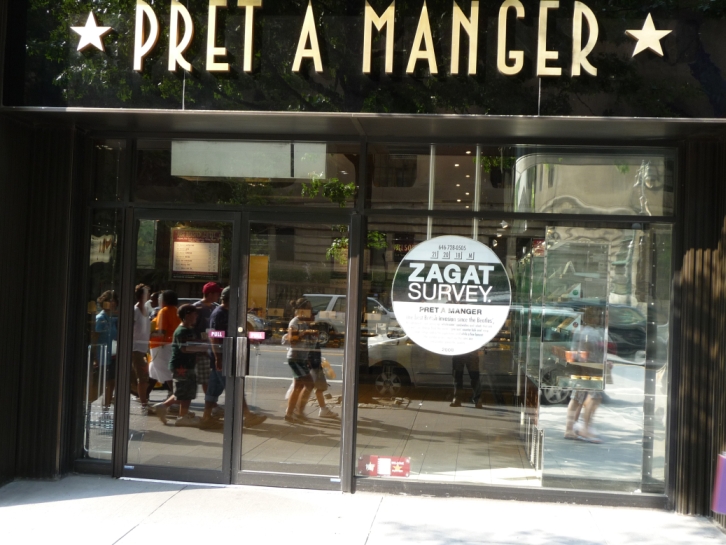Open innovation, open source, customer co-creation, social software, prosuming,
location
based services, data mining, radio-frequency identification (RFID), long
tail, crowdsourcing
as well as account card and 3D printer belong to the key words which mark
a transformation
of the consumer goods industry and of the market and consumer research.
These transformations
carry four fundamental developments of the relation between producers
and customers.
The first and second transformation describes a collaboration for innovation
within networks
of firms and external entities like customers, retailers and suppliers.
Collaboration for innovation
integrates the customer into a firm's system of value creation. The customer,
a so-called prosumer,
participates in the production process and produces the consumer goods
himself. "Open source",
"open innovation" or "crowdsourcing" have become keywords
to describe the production
sphere of the prosumer. A prosumer is the active consumer of Web 2.0 in
social commerce.

Quelle: http://www.zagat.com,
07.02.06
The third and fourth transformation is accompanied by global informationalisation
and data mining
which carry a flood of information for personal use. Information management
tools and
communication tools force the capability of semantic web on one hand and
on the other hand
consumers can use them to improve the efficiency and effectiveness of
their own information work.
Reflecting on these transformations, I find myself confronted with the
following questions: Which
may be future tasks of prosumers in semantic web and geography-based commerce?
Will consumers
satisfy their needs as far as possible within the structures of prosuming
and customer integration? Or will
for example the geo-tagging social network www.tagggit.com. build a new
structure of orientation
and marketing in urban cities. This talk analyzes the social commerce
of Web 2.0 and social
semantic commerce of Web 3.0 on the one hand and considers the consequences
for prosumers on the other.

(Quelle: Schelske: Zagat New York: 08,2008)
|
|
Abstract:

